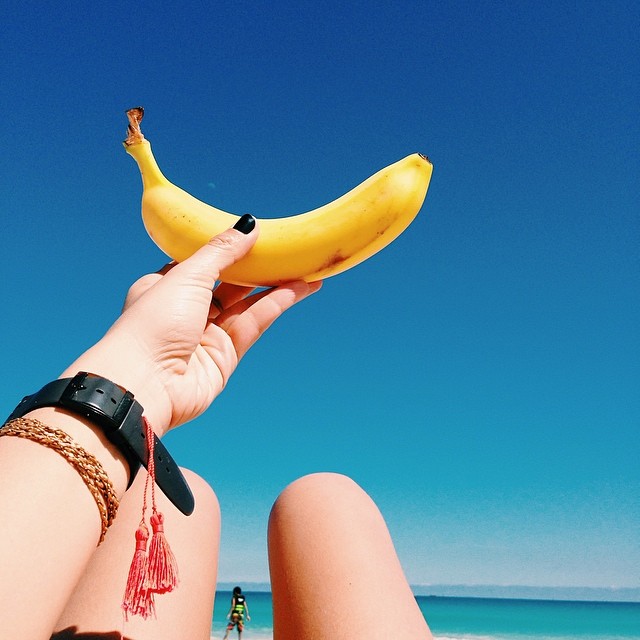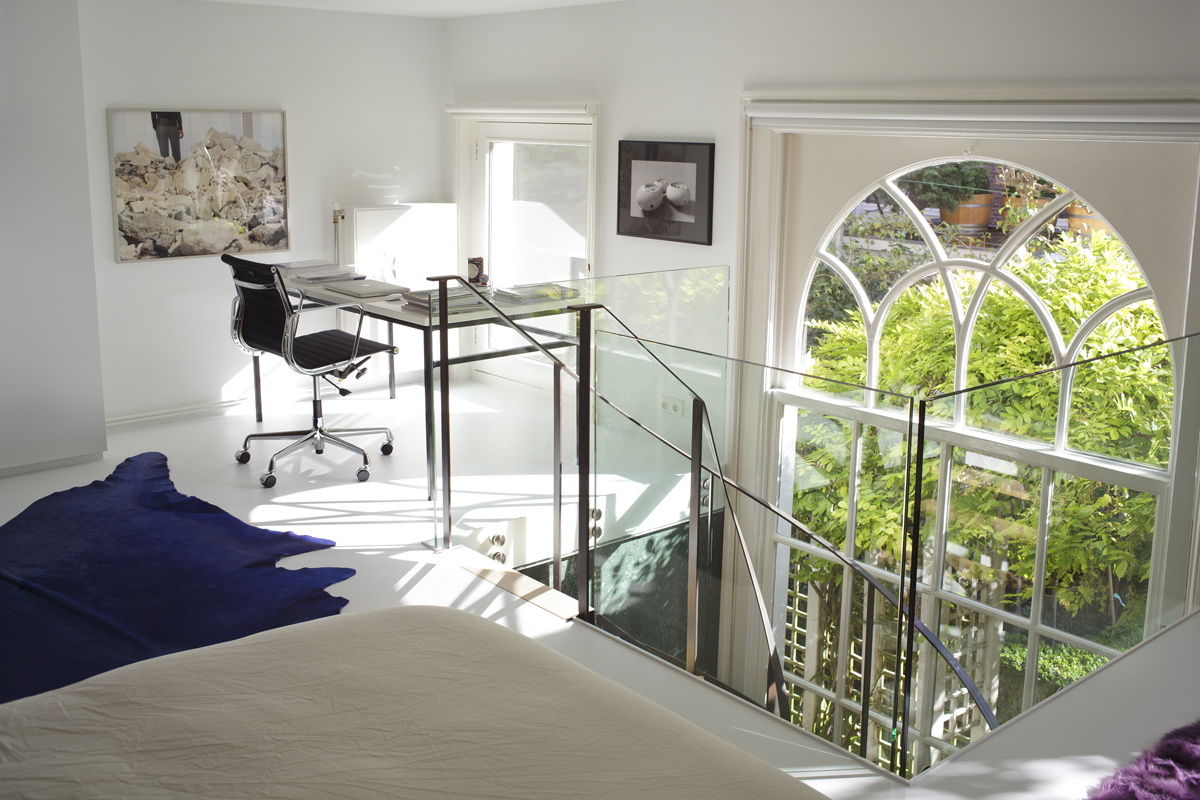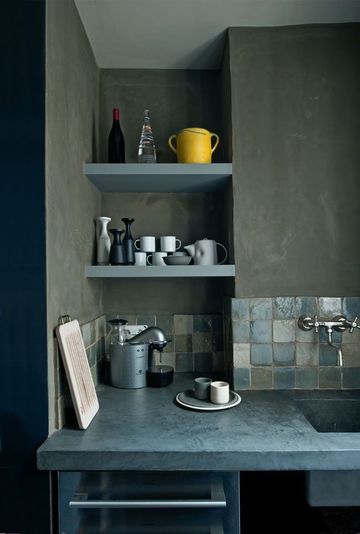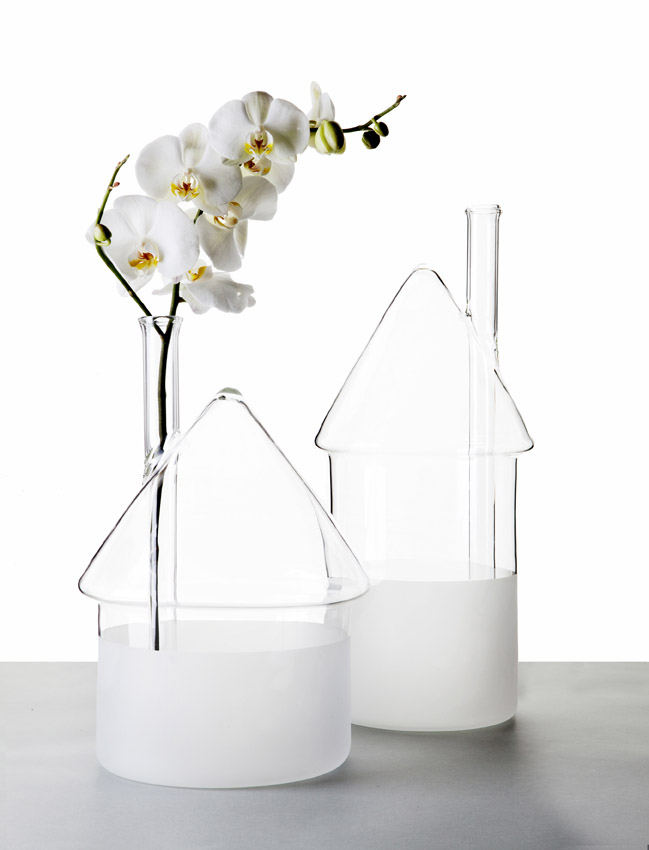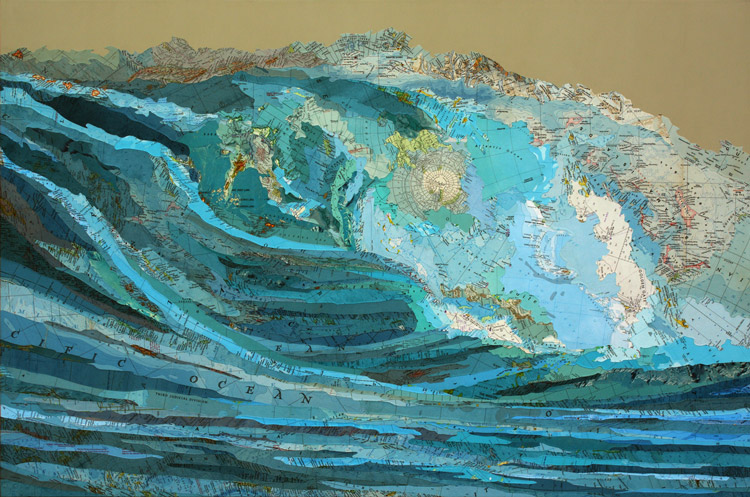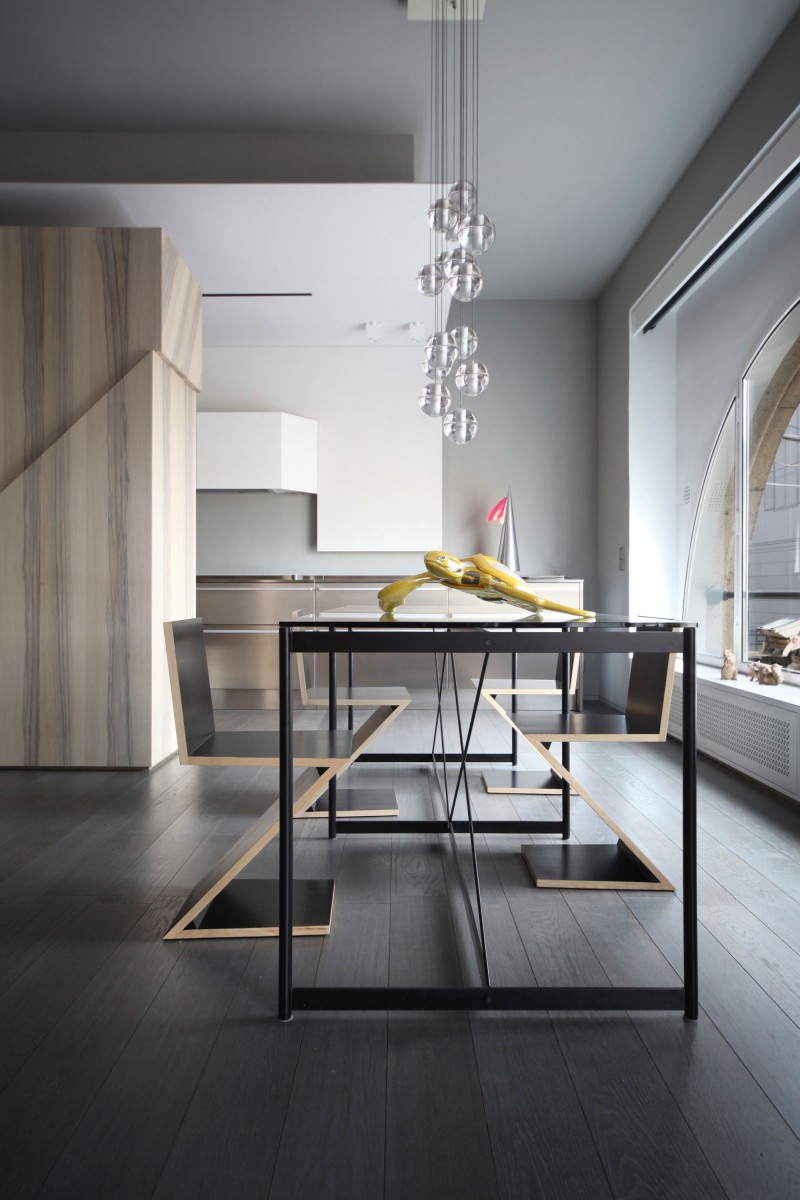 Restoration of a 150 m2 apartment in Turin, designed by Italian studio UdA Architetti.
Restoration of a 150 m2 apartment in Turin, designed by Italian studio UdA Architetti.
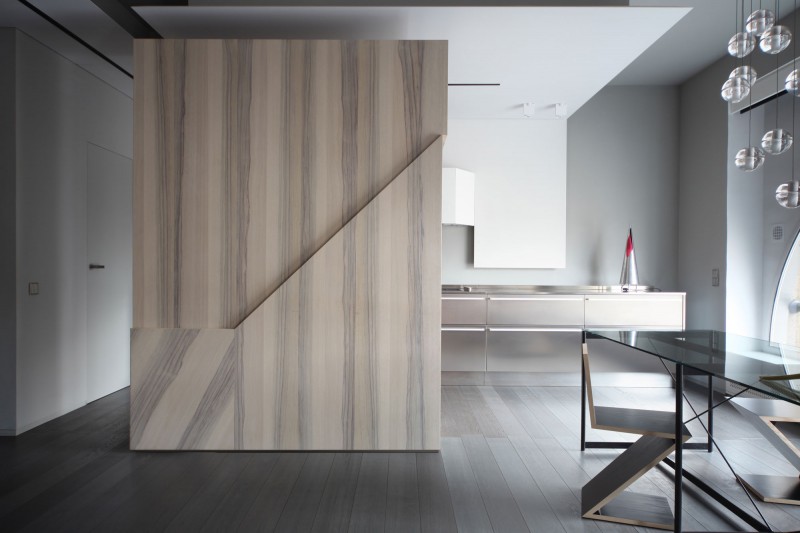

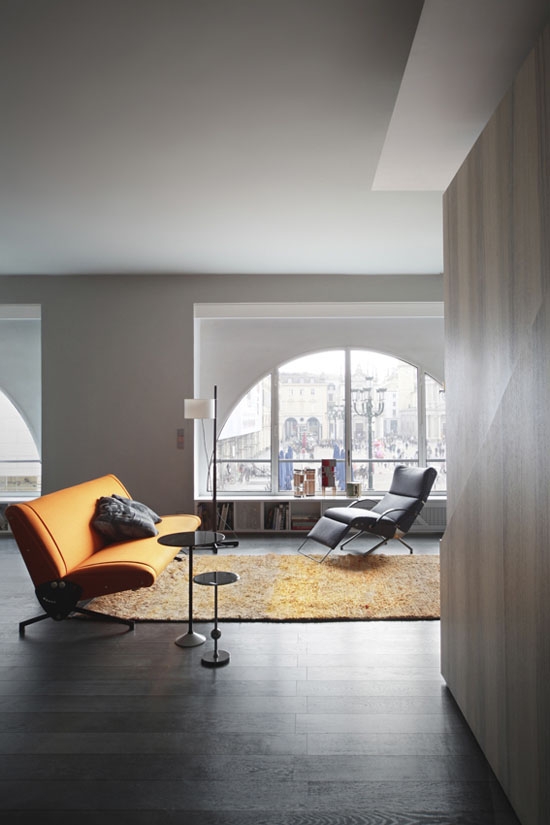

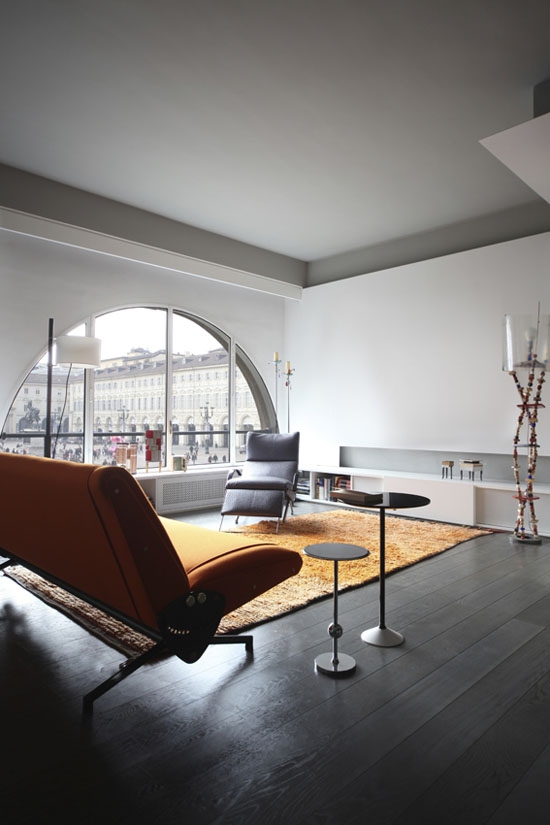
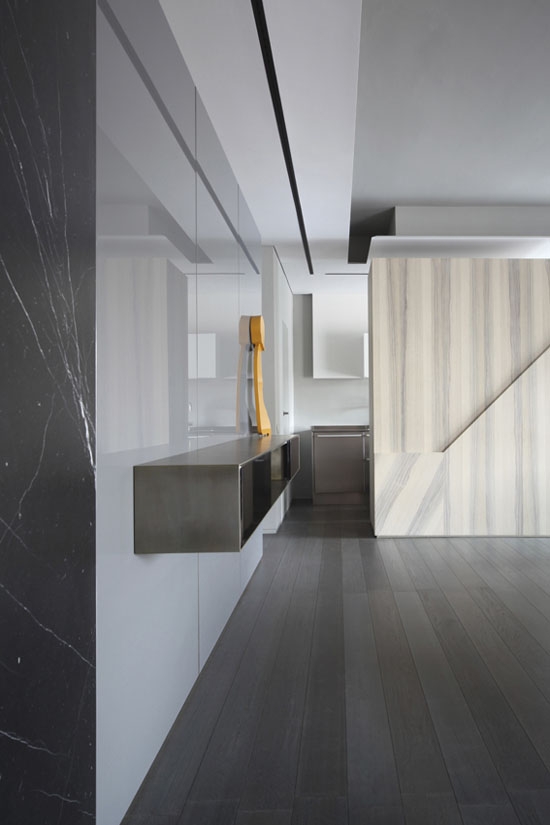
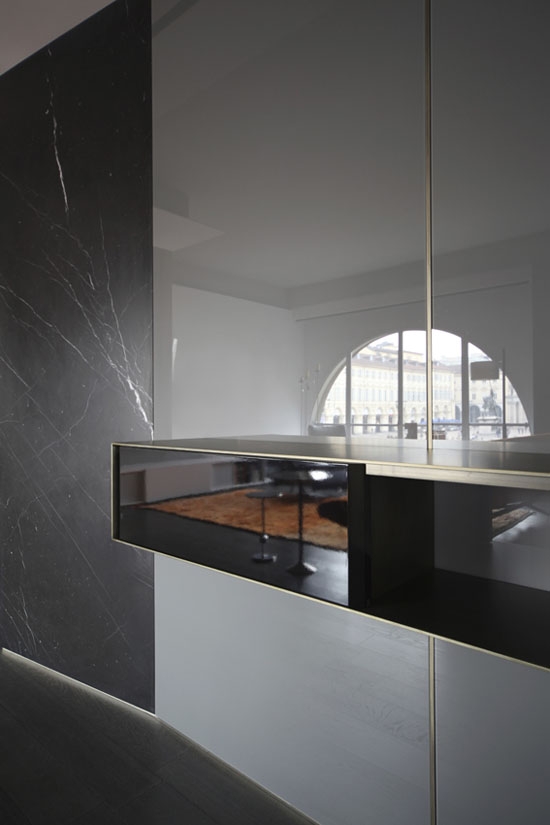
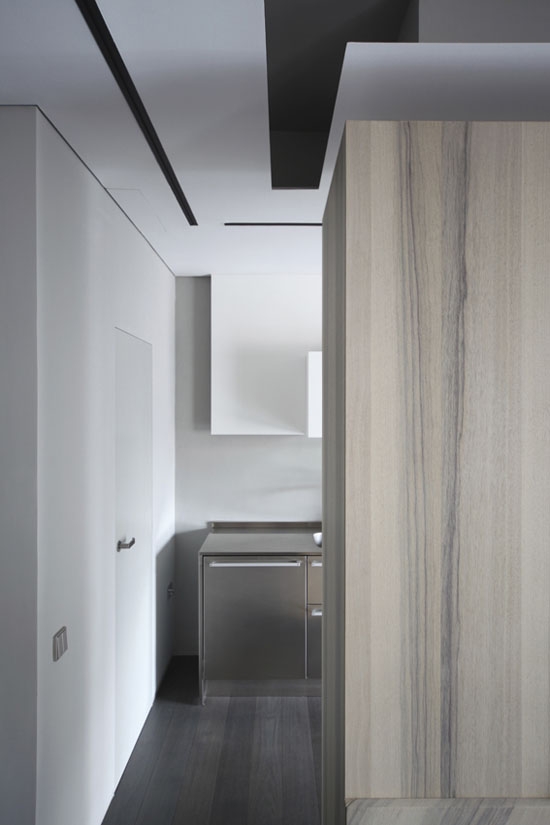
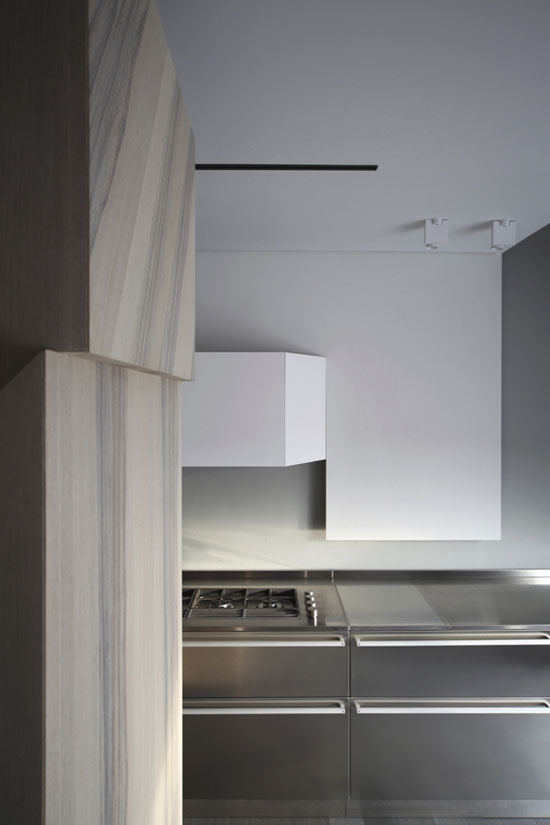
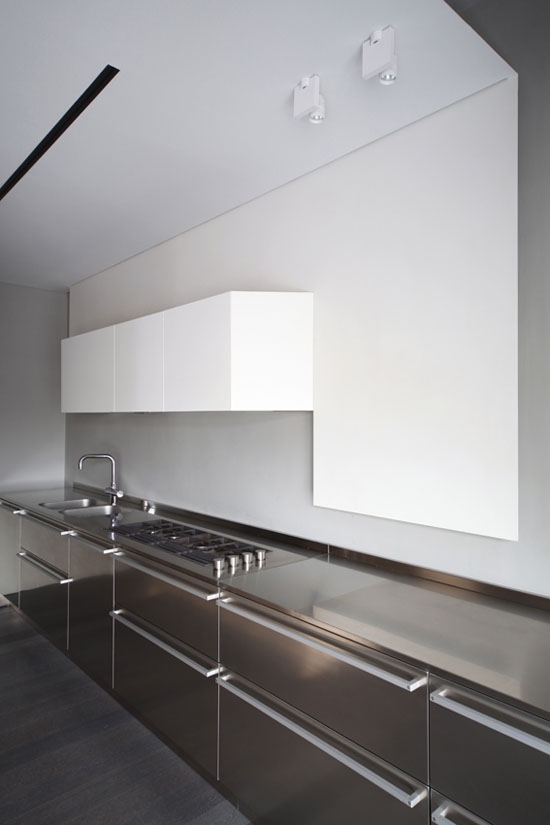
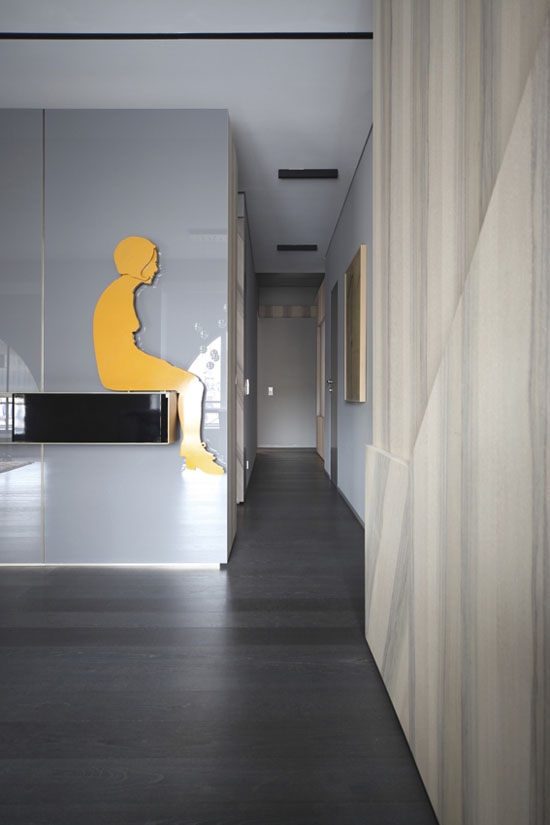


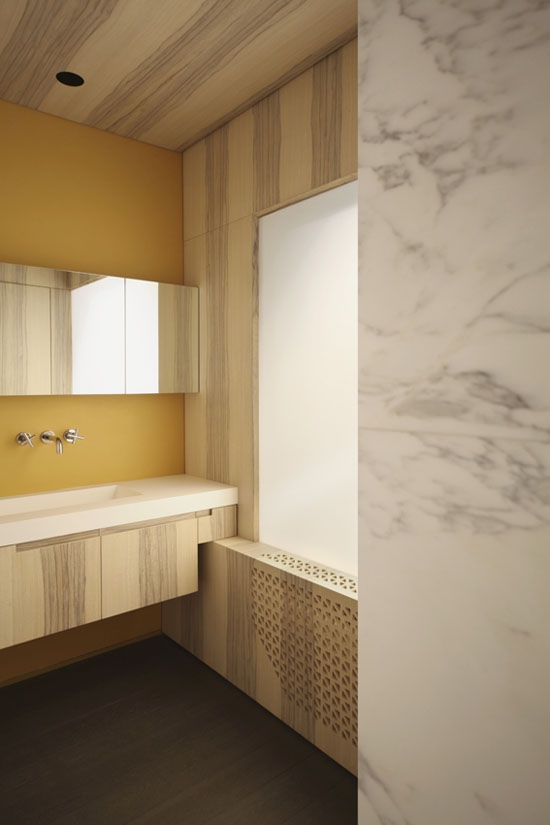
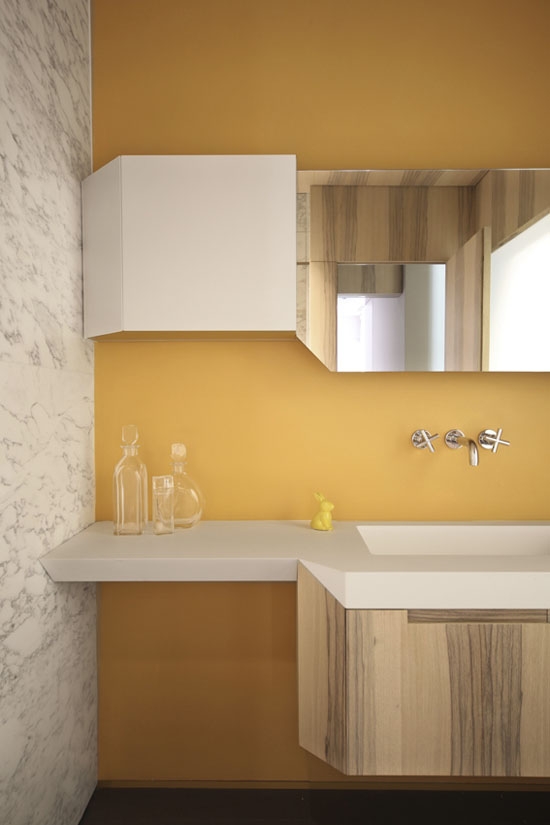
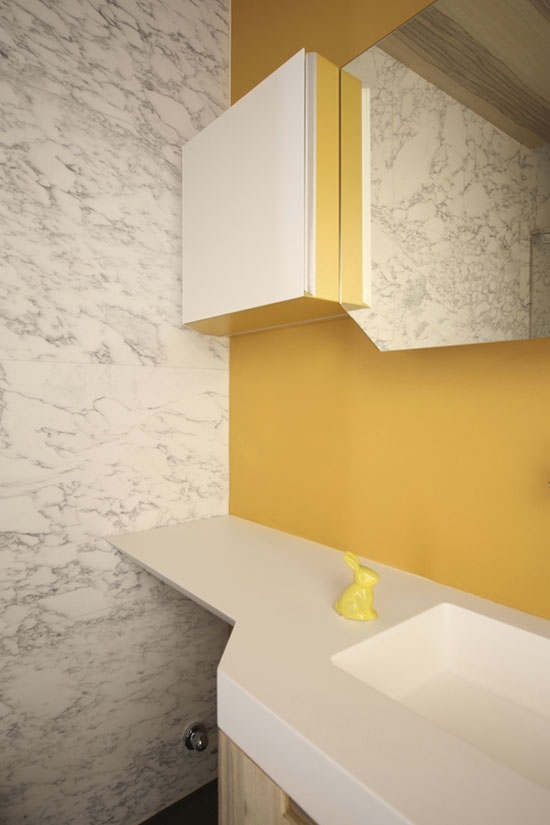
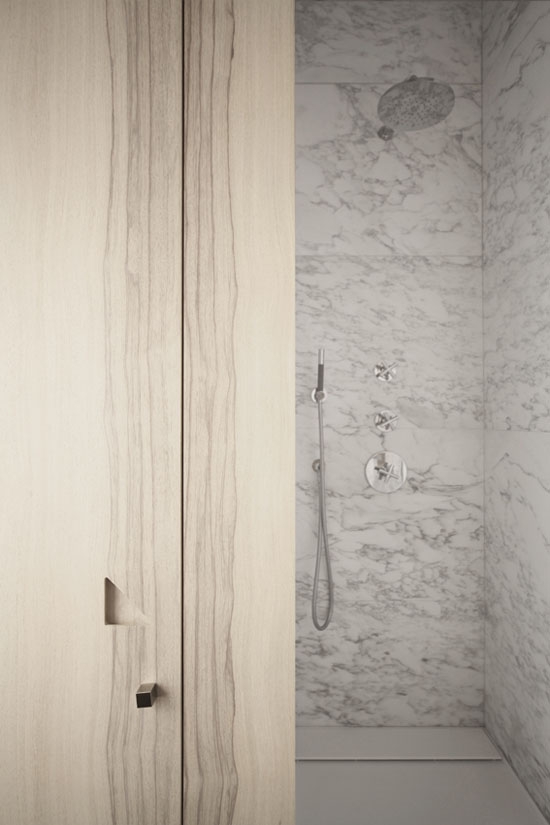


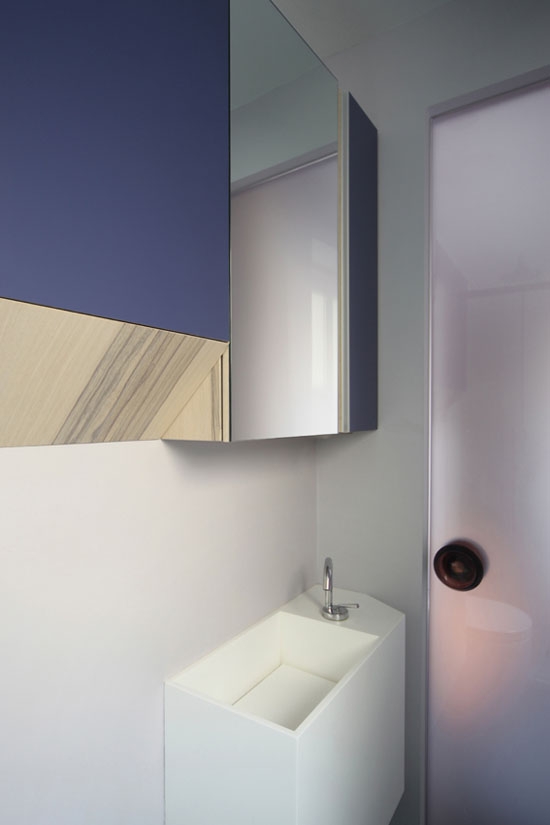
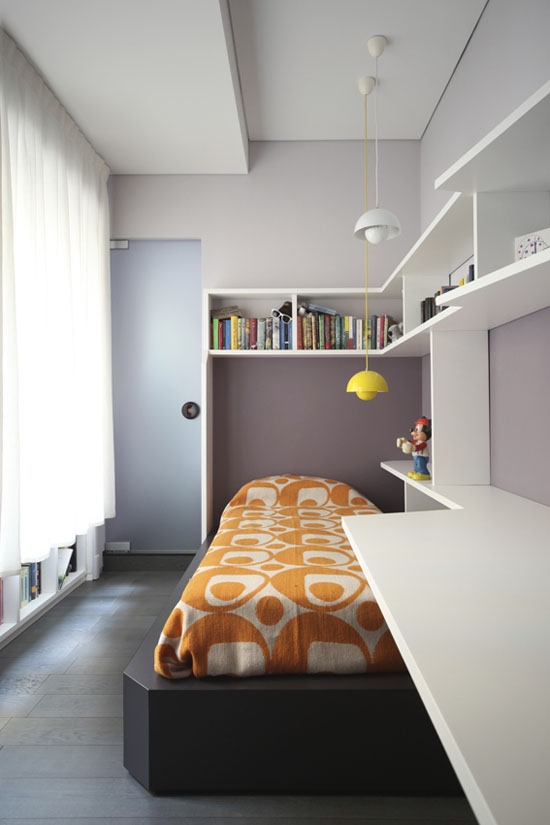

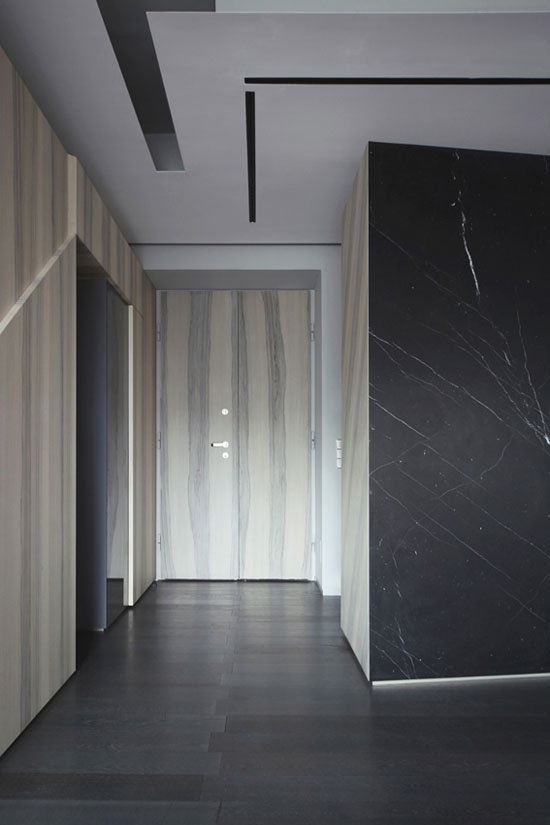
 About – “An (In)discrete Eye” apartment
About – “An (In)discrete Eye” apartment
“The (Sunday) girl has run off with Nietzsche’s horse.
What do De Chirico’ Italian Squares have in typical with Fruttero & Lucentini’s bestseller novel and an apartment created by A. Marcante and A. Testa (UDA ARCHITECTS) facing onto Piazza San Carlo by way of the cross-eyed gaze of the mezzanine level of Piacentinian apartment in Via Roma in Turin?
They surely share a kind of “obscenity” or revealing/concealing of a substrate of actuality scattered with clues like the plot of a detective novel: a mixture of large and reduced, the dramatic and grotesque, bland and sophisticated, disturbing and reassuring that sometimes collapses and precipitates like a chemical answer revealing a subtle interplay of resonances.
Due to our physiological traits, we people can not concurrently see what is in front of us and behind us. The boundaries of our visual discipline are one thing we share with all residing beings, even though, not like all the rest, only human are conscious of it.
Possibly on a deeper level this explains the origins of our nervousness, doubts and questioning about the extremely existence and substance of visible reality.
Stretching things somewhat, it is as if all man’s pondering in excess of the goal nature of the planet could basically be traced back to the lack of a “third eye” set on the back of our neck, which would let us to see all close to us. Hence the often disturbing nature of vision and the places perceived by signifies of it.
All this, of course, is only supposed to be considered-provoking, but if we consider how, for example, movie has developed an “alternative type of vision” (seeing a crime by means of the murder’s very own eyes, the viewpoint of yet another subject positioned among us and the major character in the plot, the mirage of simultaneous multiple actuality etc.), then this concern moves out of the realms of intellectual provocation and turns into substance of our everyday lives in the true globe and above all into the spaces constructed by man.
An apartment built on the mezzanine degree of a constructing overlooking the square that symbolises the city of Turin, Piazza San Carlo erected by the Dukes of Savoy and in particular Maria Cristina di Francia, who reigned as “Madama Reale” during the very first half of the 17th century, turns into a modern day-day theatre representing a particular idea of the bourgeois property, the residence of the Turin professional middle courses, via its spaces and the furnishings inside it, all embodying reassuring engineering precision and subtle issues.
The building prepare, characterised by a tunnel-shaped progression from the rear to the drawing room facing the square, the windows opening onto the square itself with their provided shape and dimension of the “oculus” on the building facades marking the perimeter, and the want to set out the relational spaces in the living quarters as zones and premises that (to a greater or lesser degree) can be observed from outside, offer the first input for the construction of a vaguely metaphysical residence atmosphere.
A metaphysics like in De Chirico paintings, if we might be entitled to use his own definition, in accordance to which: “metaphysics is that new sort of reality that is concealed in all objects if only we can manage to see it or picture it outside its normal context”, one thing which also applies to the furniture and furnishing in the artist’s view, who in fact said: “the curious physical appearance that beds, wardrobes, mirrors, sofas and tables get on when we all of a sudden come across them out in the street, in a setting in which we are unaccustomed to seeing them, has presently been noted on more than one particular occasion. All these pieces of furniture seem to us in a distinct light, assembled in a unusual variety of solitude: a deep intimacy develops among them”.
So the residence gets to be a location invented based mostly on extremely exact guidelines, like in a novel, in which the areas invented in the story are much more “true” and “real” than areas in the real globe (with the readers’ personal implicit consent), and even than many of the mythical and symbolic spots created by man. Whereas the reality we perceive as aim can, in reality, be interpreted in a different way by each and every of us, in contrast we are all forced to assign a status of immutability and certainty to literary descriptions, otherwise the story itself would be not possible.
This also applies to the apartment in query. Right here all the aspects: the shape and dimension of the surfaces, the fixed furnishings, the little objects and fittings in the different premises, inform us of some thing that goes beyond their first visual appeal, truly penetrating into the folds of daily life.
The furnishings, made like isolated constructions inhabiting an intermediate landscape among the interior and exterior, does not astound us due to the fact it belongs to the class of the uncommon and obscure, but because it has an quick air of familiarity and, at the same time, mysteriousness. A mixture of possessing been rediscovered and never ever-previously-observed, recognized and unknown, in a delicate balance among what we previously know about a space and expect from it and that feeling of disorientation we encounter when faced with some thing new.”
– (V. Camagna – UdA Architects)
Photos © Carola Ripamonti

